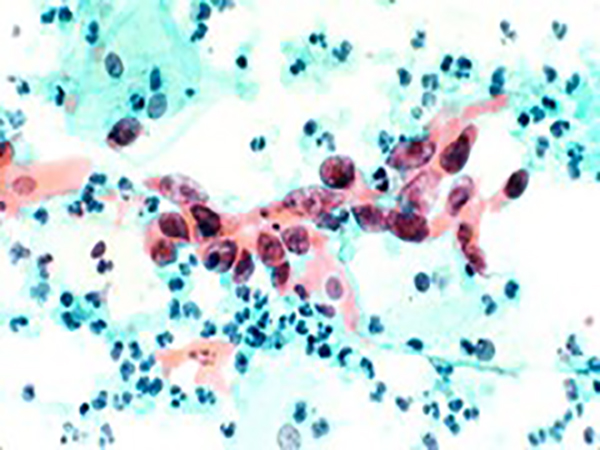Oropharyngeal Cancer

Oropharyngeal cancer is a disease that originates in the tissues of the oropharynx, the middle part of the throat also called the pharynx. Most oropharyngeal cancers are squamous cell carcinomas. Squamous cells are the thin, flat cells that line the inside of the oropharynx.
Oropharyngeal cancer is a form of head and neck cancer. Head and neck cancers account for approximately 3.5 percent of all cancers in the United States, or about 71,100 of the estimated 2 million new cancer cases expected in 2024, according to the National Cancer Institute.
Use of tobacco products and heavy alcohol consumption can increase the risk of oropharyngeal cancer. Other risk factors for oropharyngeal cancer include having a diet low in fruits and vegetables, consuming the South American stimulant drink mate, chewing the stimulant betel quid often used in parts of Asia, and having a human papillomavirus (HPV) infection.
Oropharyngeal cancer is uncommon and typically involves people 50 to 80 years of age, according to the National Cancer Institute. Men are three to five times more likely to develop this form of cancer than women.
Oropharyngeal Cancer Treatment (Adult) (PDQ®)Source: National Cancer Institute



